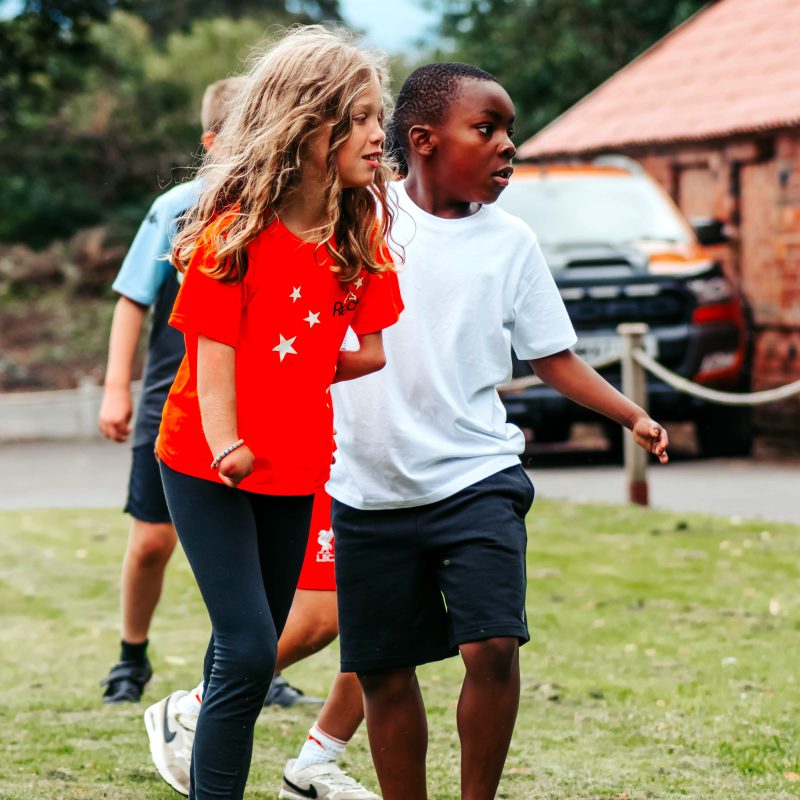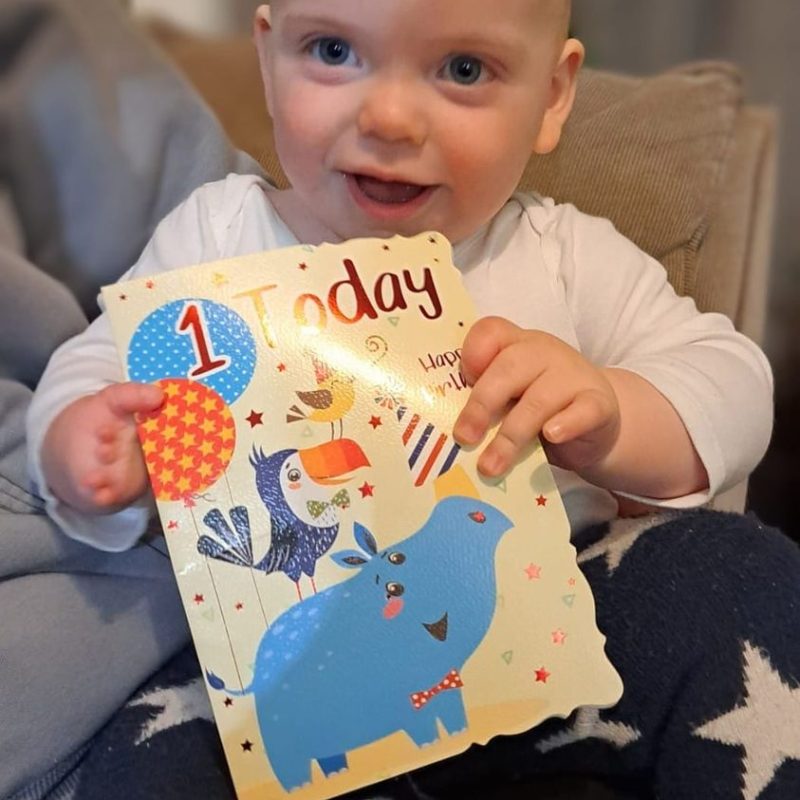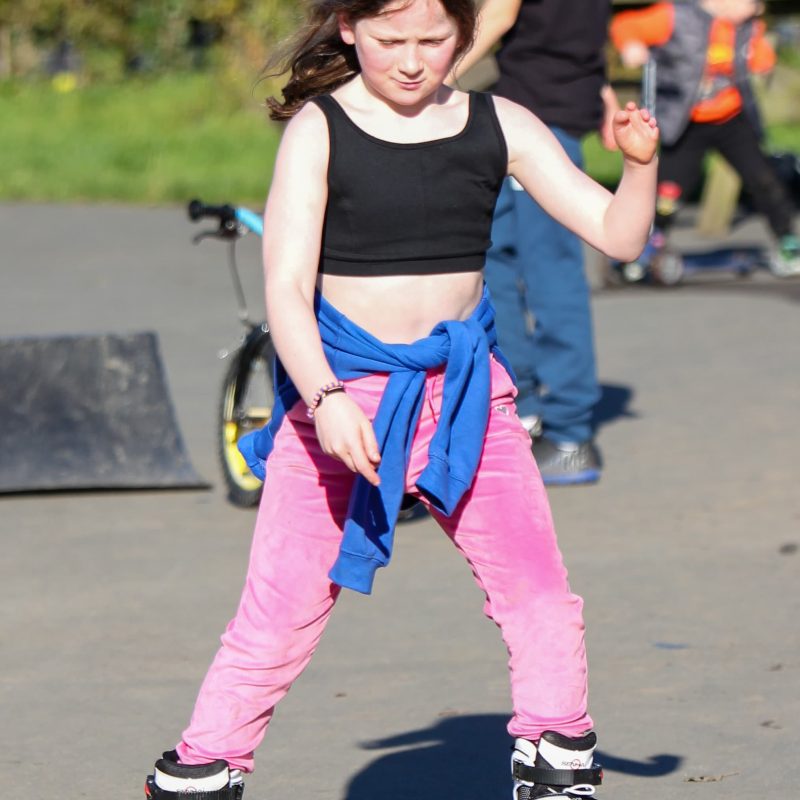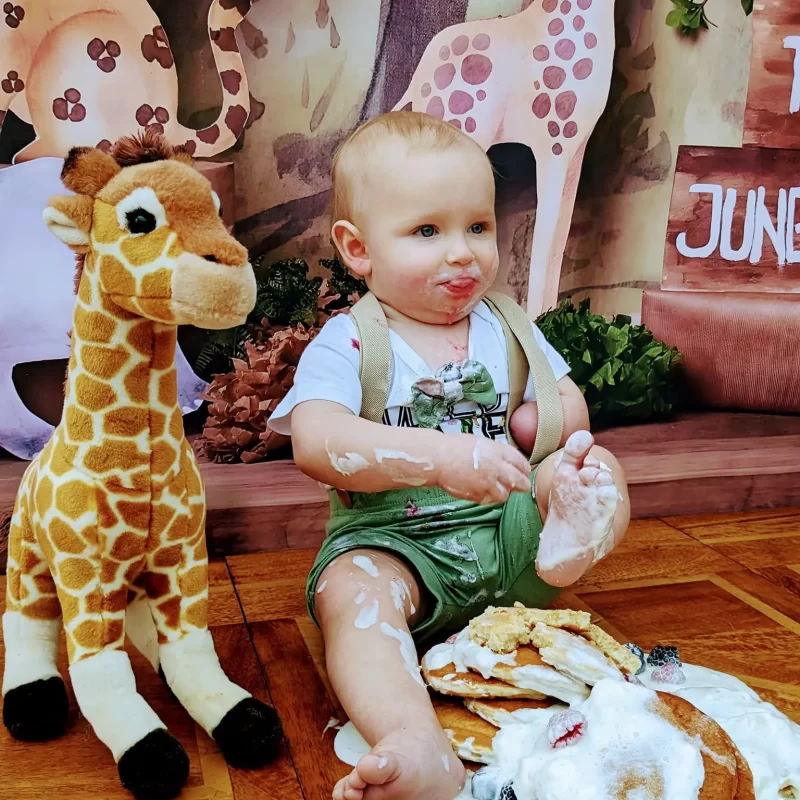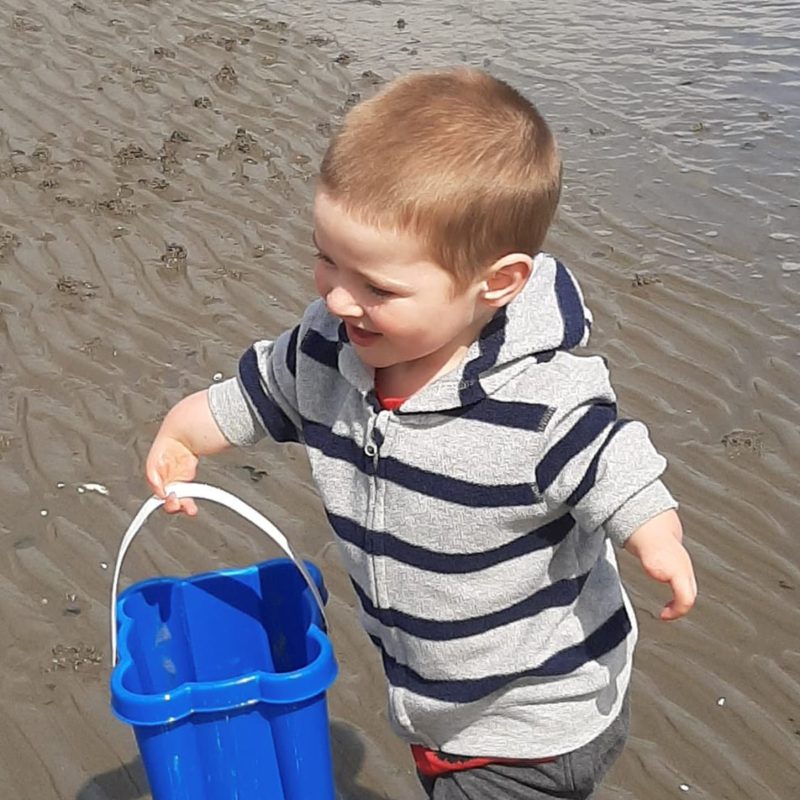Information for Healthcare Professionals when supporting new parents of a baby with a Congenital Hand and Upper limb anomaly
This page provides information on how to help a family with the unexpected news that their baby is born with an upper limb difference.
Congenital Upper Limb Anomalies are amongst one of the rare conditions which affect about 19.2 to 27.2 per 10,000 live births. (Chan et al, 2022). However, the range of differences is very great from simple accessory digits to complex presentations including the elbow, forearm, wrist, and hand.
Embryology
The developing embryo uses a network of signals which work together to form the hand. This happens in three directions to produce the 3D shape of the fully developed human hand. One of the most important regulators of this development is a protein called sonic hedgehog (SHH). Sometimes, there is either too much or too little SHH, which causes the hand to develop differently.

Why has this happened?
Depending on when and where in the growth pathway these signals differ, development of the upper limb and hand will be affected in different ways. It is not yet clear why Congenital Hand and Upper Limb Anomalies happen. They may be due to genes, or the environment in which the baby grows inside the womb, or the external environment. However, we know that most Hand and Upper Limb Anomalies happen for unknown reasons and are not related to the genes or behaviours of parents. It is important to remember that parents are not to blame when CHDs happen.
Antenatal Ultrasound diagnosis:
Only about 50% of these differences are picked up at the anomaly scan around 20 weeks of the pregnancy. It is still a shock, but at this stage parents have time to come to terms with the likelihood of a difference when the baby is born.
Postnatal diagnosis:
Many of these anomalies as with other visible differences, are only apparent at birth and may cause a great deal of shock and distress to both parents and the first Health Care Responders who may never have seen any of these conditions before.
Approach of the healthcare professionals
The way the parent is approached with this unexpected news has a significant impact on their ability to cope with the loss of expectation of a ‘normal’ child. We do know however, that there is no correlation between the severity of an appearance difference and the impact on parents and the child.
In a recent survey, parents have understandably expressed the need for immediate information and signposting to the third sector for support. They also want to know what the pathway for their baby will be in terms of assessment and possible treatment by the specialist healthcare professionals. View the Reach information booklet for families and new parents. Click here to view parent/carers stories.
In summary the following information may be helpful:
- The baby’s hand and arm are fully formed about 6 weeks after conception and anything which fails to develop happens well before the mother knows she is pregnant. You can therefore reassure the parents that they do NOT need to feel guilty!
- If a single limb only is involved, further consultations will happen, but some reassurance can be given that their child is likely to live a normal and productive life.
- Just over half of Congenital upper limb anomalies are bilateral, but with no other identifiable anomalies, these babies will certainly need more investigations but are more than likely to live a highly successful life
- Where multiple anomalies are apparent, urgent referral is appropriate along with fuller assessment. It is therefore more difficult to offer immediate reassurance. These babies / foetuses should be seen in a specialist foetal medicine / genetics clinic. The use of prospective prenatal exome sequencing allows accuracy of genetic diagnosis and an improved definition of overall prognosis can then be given.
So, what can sonographers and any other health care professionals tell parents when an upper limb anomaly is detected?
Honesty about uncertainty! Be honest!
Please direct parents to Reach for support either through their website and the booklet for new parents or directly by phone to the Reach Team
Tell parents what to expect in terms of referral to the local children’s hand and genetic specialists over the next few months
Children’s Hand Clinics | The British Society for Surgery of the Hand
Information
Causes
It is not yet clear why Congenital Hand Differences happen
Support
There are several support charities for children and families affected by CHDs
Treatment
Hand differences are rare, and each hand difference is unique.
Common Congenital Conditions
-
Webbed fingers (Syndactyly) -
Amniotic Band Sequence (ABS) -
Short, joined fingers (Symbrachydactyly) -
Poland’s Syndrome -
Extra digits and extra joined digits with joined digits Polydactyly and Polysyndactyly -
Extra thumbs (Thumb duplication) -
Radial longitudinal deficiency -
Small or absent thumbs (Thumb hypoplasia and aplasia) -
Index Pollicization Procedure -
Cleft Hand -
Ulna Longitudinal deficiency -
Hand/Arm amputations (Transverse Arrest)
Additional Reading
The references below provide more information about the usual parental responses and concerns and ways in which the first responders can support new parents when the surprising news of a limb difference is identified.
-
Managing broken expectations after a diagnosis of fetal anomaly -
ASCKS Framework Guidelines: Consensus Guidelines On The Communication Of Unexpected News via Ultrasound -
Parent Experiences and Preferences When Dysmelia Is Identified During the Prenatal and Perinatal Periods: A Qualitative Study into Family Nursing Care for Rare Diseases -
Congenital upper limb anomalies: Ruth Lester and Professor Mark Kilby on what to say to parents if such an anomaly is found at the 20-week antenatal scan
Parents/carers stories
We were told at the 20 week scan that our son’s right forearm was missing. We never found out why. I’m really glad I’ve found Reach. I hope to make friends with people in the same situation as I’ve not really had chance to talk to anyone about this
Our son’s right hand hadn’t fully developed. This wasn’t picket up on any of the scans… We had been referred to a hand specialist and told they’d be in contact within 2-4 weeks. After 9 weeks of constant phone calls from me we eventually got an appointment
We found out two weeks ago at our 20 week scan that our little boy’s right hand and half his lower forearm has not developed… We’re still in shock and trying to process this information…I’ve been told by Reach mums that it will be ok. It’s so hard not to think of the negatives and I’m so grateful for Reach as we have not had any other help of support from the medical professionals.

